The recall command is one of the most important behaviours you can teach your gundog. In this article, Howard Kirby provides some training exercises to sharpen up your gundog’s recall
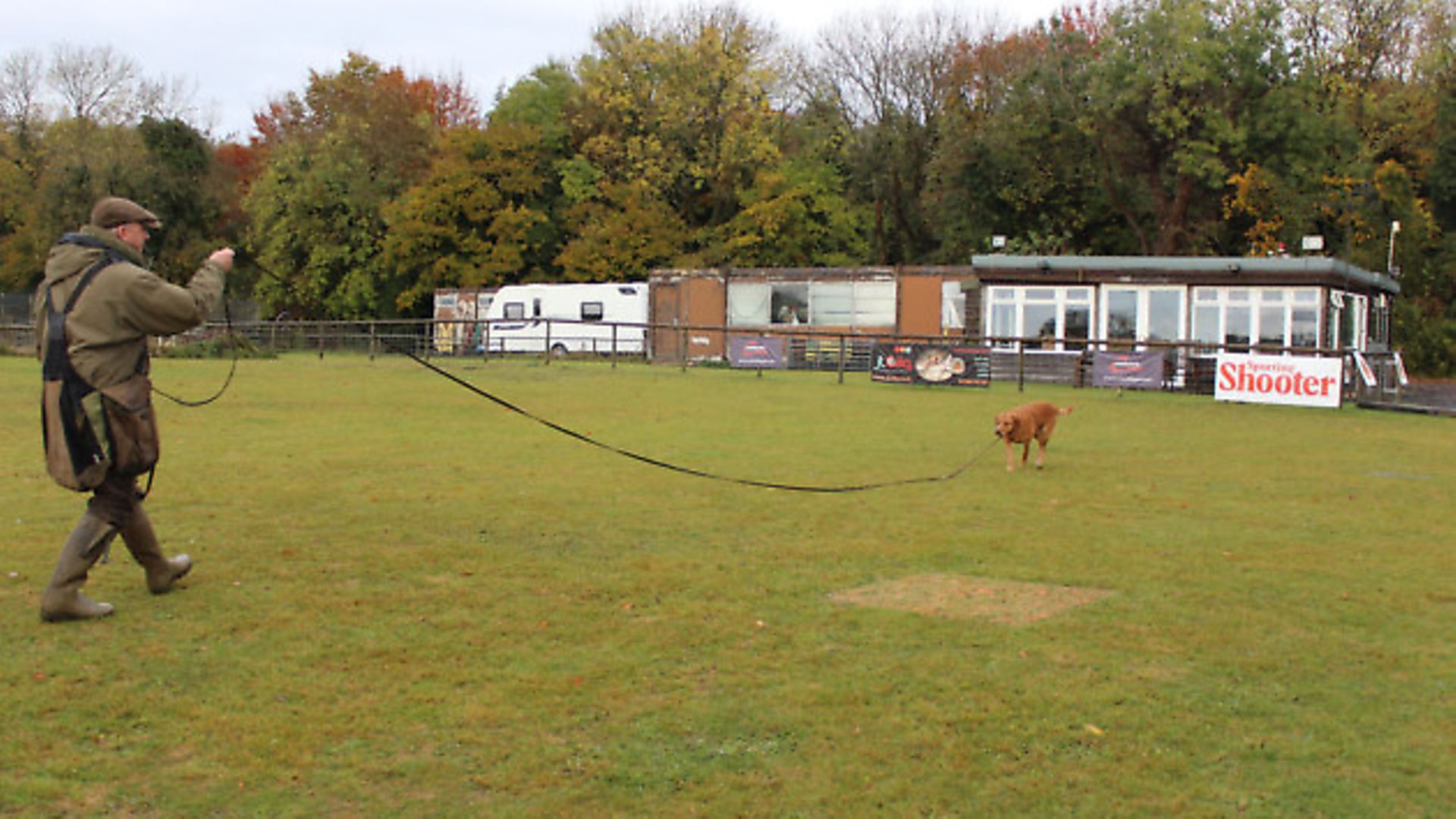 credit: Archant
credit: Archant
So just what is the single most important behaviour that you teach your dog to perform? It’s difficult to choose but personally I think it’s probably the recall, i.e. when you are saying to your dog: ‘Hey Fido, come to me.’ Whether you’re out exercising, or working the dog on a shoot, knowing that he will come back when you tell him to is really quite important.
Start them early. If you breed the litter then as soon as you’ve got the puppies drinking out of a bowl, call them to feed time; get that recall whistle embedded into their little brains. Take my word for it: if you get those little brains conditioned to associate the recall whistle with one of the most important things in their future lives – the need to rush towards you for food – it will give us a really solid platform to build from.
Don’t worry if, like most people, you don’t get the puppy until they are eight weeks old – you can just start using the whistle at feed times to establish the same association. Alongside this, and for those of you that intend to use food as part of your early basic training (get yourself a copy of our DVD The First Four Weeks to see how we get them started – visit www.mullenscote.co.uk to purchase), we can use the pup’s daily food allowance throughout the day to reward for basic behaviour.
However, this doesn’t need to be restricted just to the basics; think big, with the right training techniques you will very quickly be able to get your little pup performing all kinds of complex behaviours that will keep his brain stimulated and get him conditioned to want to be with you. Establishing that bond is so important.
So that’s how you go about instilling strong recall from the start, but for this article we are going to talk about the things that we might do to avoid the dog ‘coming off the whistle’ on shoot days and then, in the event that things go wrong, what we can do to get the dog to be more responsive.
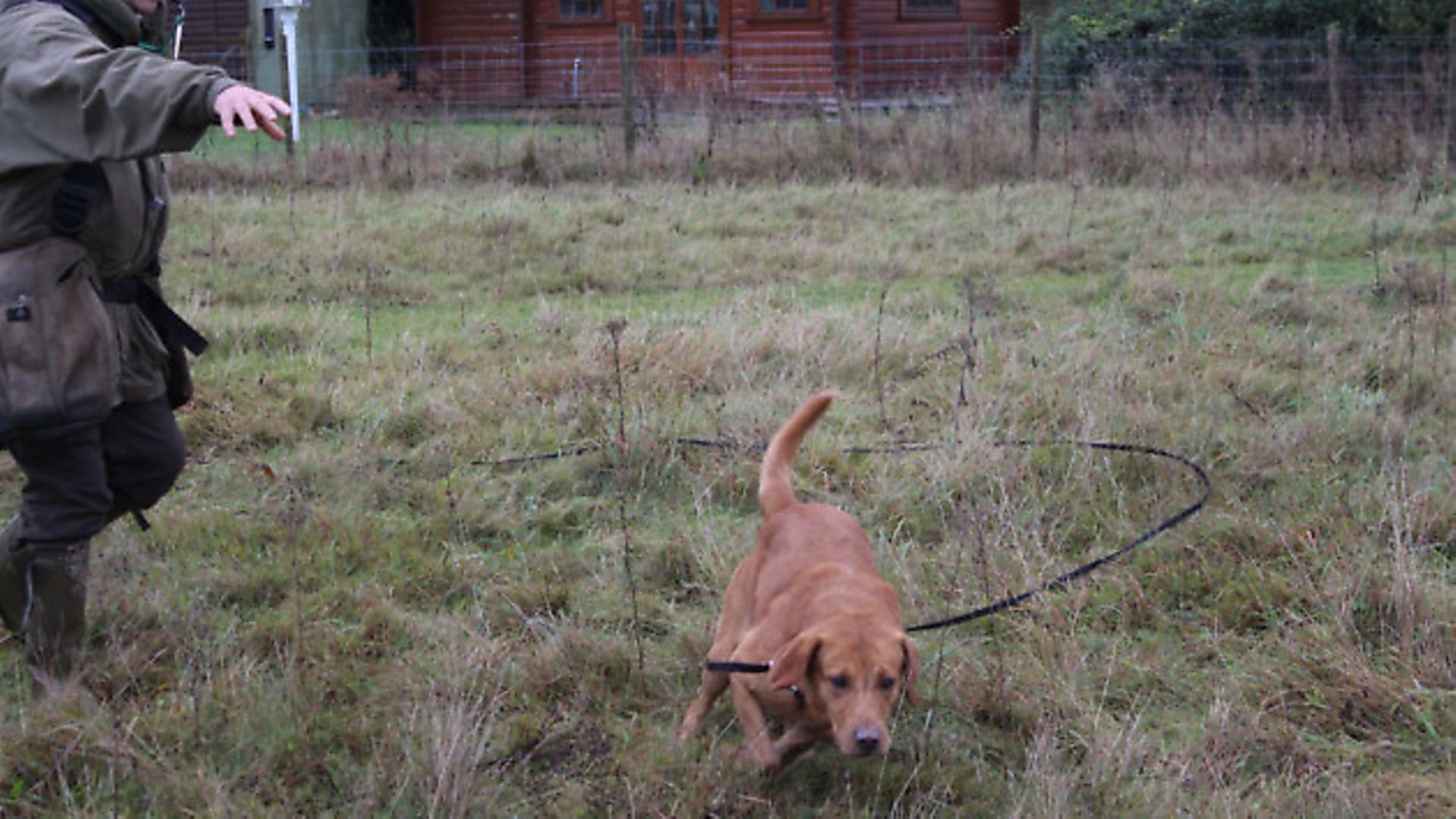 credit: Archant
credit: Archant
Let’s start with the day-to-day management. Don’t let the dog ignore one single command. In a nutshell, if you blow the recall whistle and the dog ignores you then this will be established as the norm: ‘Hey Fido, what’s your take on this recall whistle thing?’ To which Fido replies: ‘Well, the humans blow the recall a lot and I’ve learned that if I don’t go back to them there are no real consequences. Okay, so they shout and holler a bit but I can live with that, and it’s much more fun hunting for birds and rabbits so I try to stay out here and ignore them for as long as possible.’ It’s so easy to allow this to happen when you’re exercising the dog – one becomes lazy and doesn’t bother to be consistent.
So, if you blow the recall and the dog doesn’t respond immediately, get after him, voice your discontent, move dominantly towards him; for a few seconds you are ‘the bad cop.’ The second that the dog reacts to you, change instantly to ‘good cop’: reissue the recall, encouraging and rewarding him as you do so. If you can, run backwards emphasising the need for him to return to you.
Under no circumstances should you scold the dog once he is engaged/looking at you otherwise this will frighten and confuse him. Once he’s given you his attention what he needs now is instruction: ‘Peep-peep-peep-peep,’ ‘Come on, come and see me and I’ll reward you.’ It’s quite straightforward. You need to see things from the dog’s point of view; it’s your job, by using the actions described above, to explain to the dog what it is you expect from him.
As soon as you make things clear, the dog should respond accordingly: ‘Hey Fido, if you hear a series of pips on my whistle come straight back to me and I’ll reward you with either affection, food or hunting. If you choose to ignore me, all hell will break loose.’ Those last few words are used to describe you moving rapidly towards him with a body language that clearly says: ‘I’m not happy.’
All of the above relies on you maintaining contact with the dog – he must be close to you, a maximum of 30m away. If he’s a long way away from you this simply cannot work. If things are really bad the use of a long line will be necessary to keep him with you.
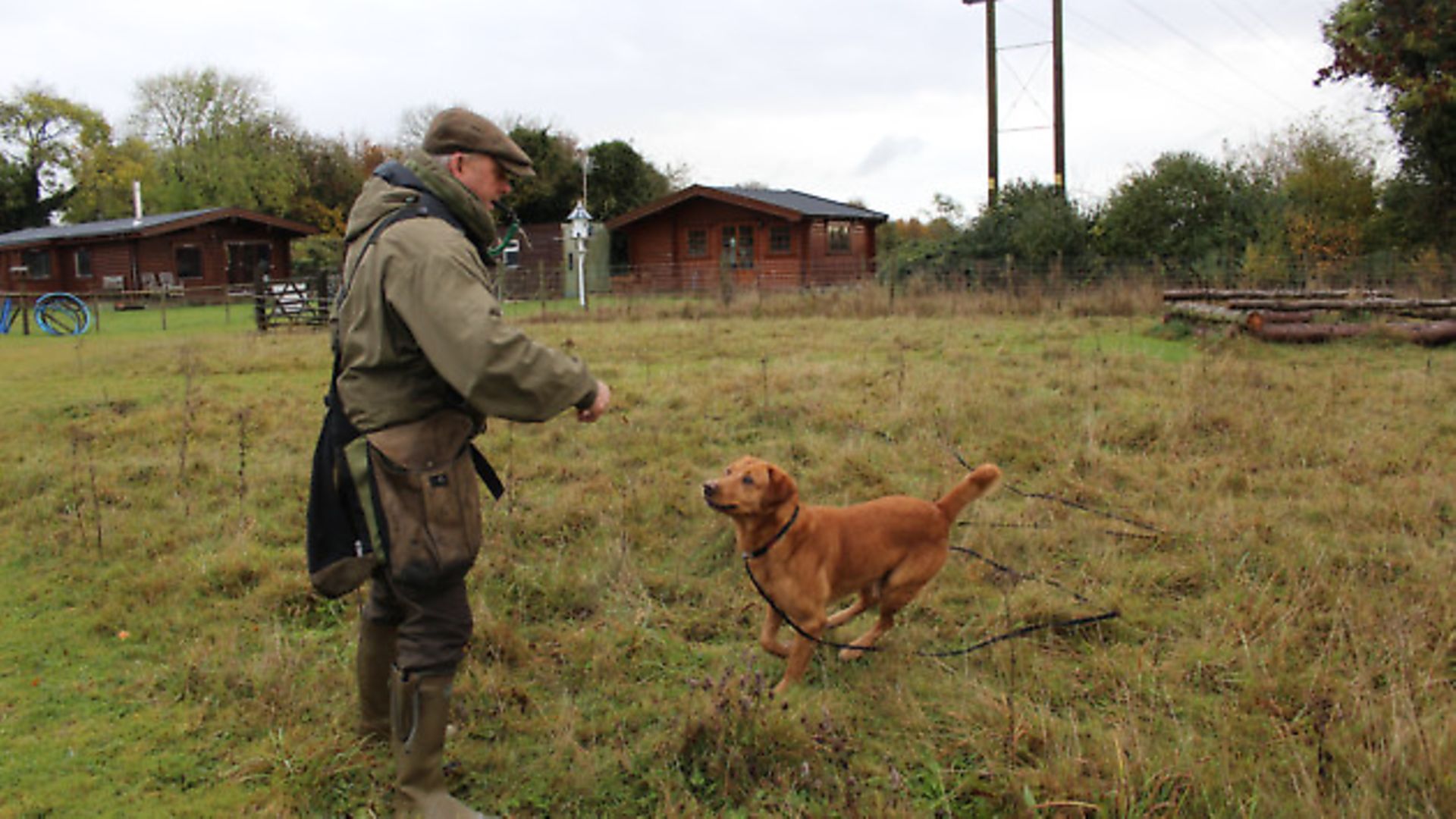 credit: Archant
credit: Archant
As things improve you can let the line trail and then perhaps you can fit a very short slip lead around his neck. This can help by tricking the dog into believing that you still have control of the lead. The downside to this is that if you don’t establish the recall properly he will become ‘lead bound’ and will be well behaved when on the lead, but will become disobedient when it’s taken off.
We need to be realistic. Recall in your garden is one thing, while hunting hard for game is a whole different matter – your dog will be firing on all cylinders so the levels of training and control will need to be considerably superior if you are to maintain the upper hand. It goes without saying that you will get the best training outcomes if you do everything incrementally and ensure that the dog is working really well on dummies before you move to cold game and then live game. In an ideal world, live game would be introduced in a controlled environment/training day before you venture out into the real shooting field. You need to get the dog really well trained with game moving around you as well as being shot. If he’s not ‘on the button’ at this stage, then things will fall apart quickly.
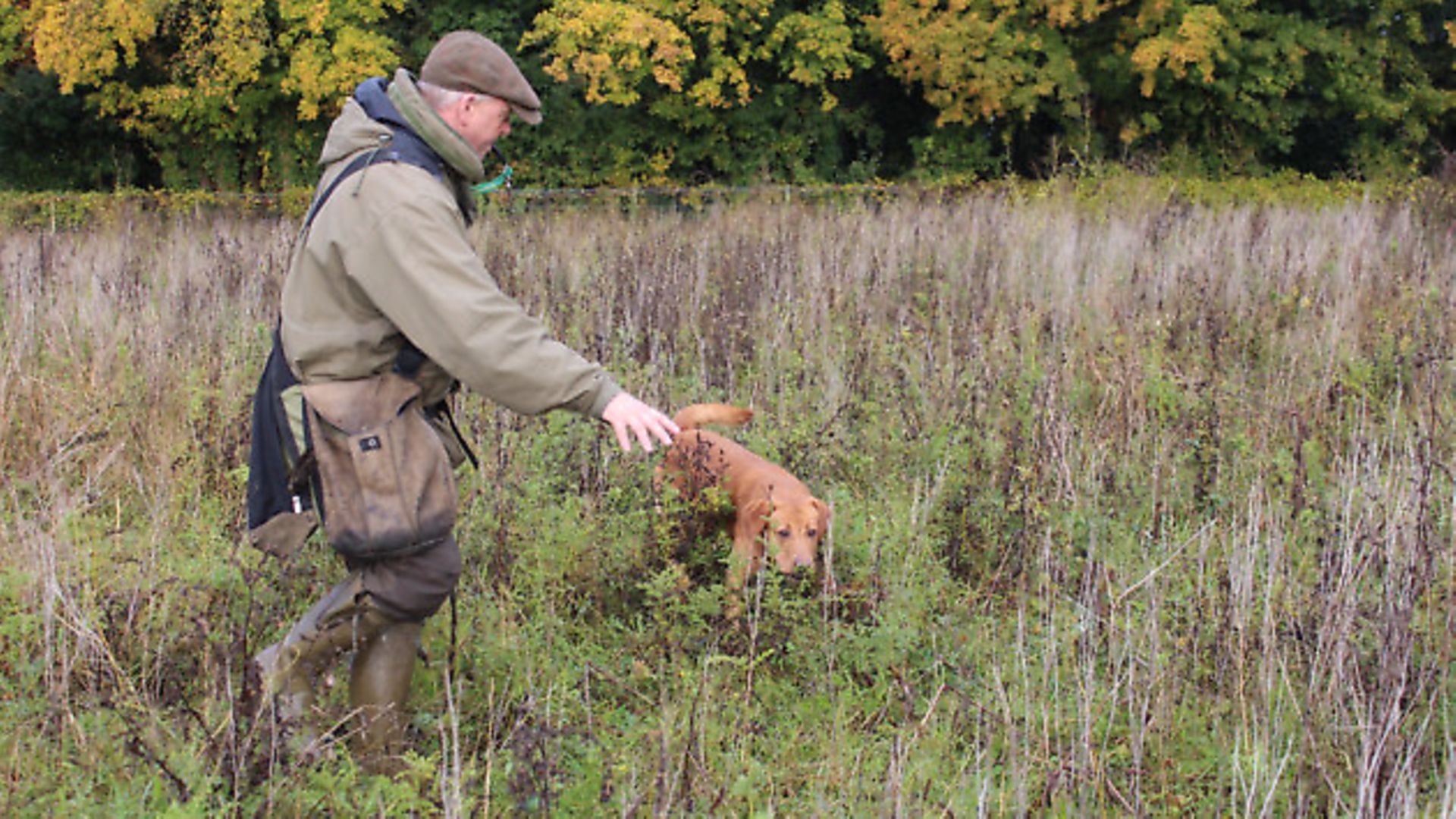 credit: Archant
credit: Archant
It’s hugely important that you, the handler, recognises (no matter how well trained your dog is) that the excitement of the shooting field will very quickly turn things upside down. Careful management and exposure to game, and the scenarios in which your dog is allowed to work it, will be hugely influential.
Assuming you have gone back to the drawing board and re-established all of the essential pre-season training with an errant dog, or have carefully produced a youngster that is ready to move onto the real thing, see boxout (right) for some guidelines that might help.
In conclusion, if we are to maintain control of our enthusiastic hunting dogs in the shooting field we need to be consistent from the outset. Teach your dog that if he hears the recall whistle that it is compulsory that he comes straight to you. You need to be vigilant, with zero tolerance to disobedience to whistle commands. Try to imagine life from the dog’s point of view.
Although we have talked about insisting that your dog does what you want, if, in fact, you can convince him that you will help him to be more successful at getting prey (game) in his mouth, then he will simply employ the most efficient hunting strategy and choose to work with you.
Keeeeeeeeeeeeeep training.
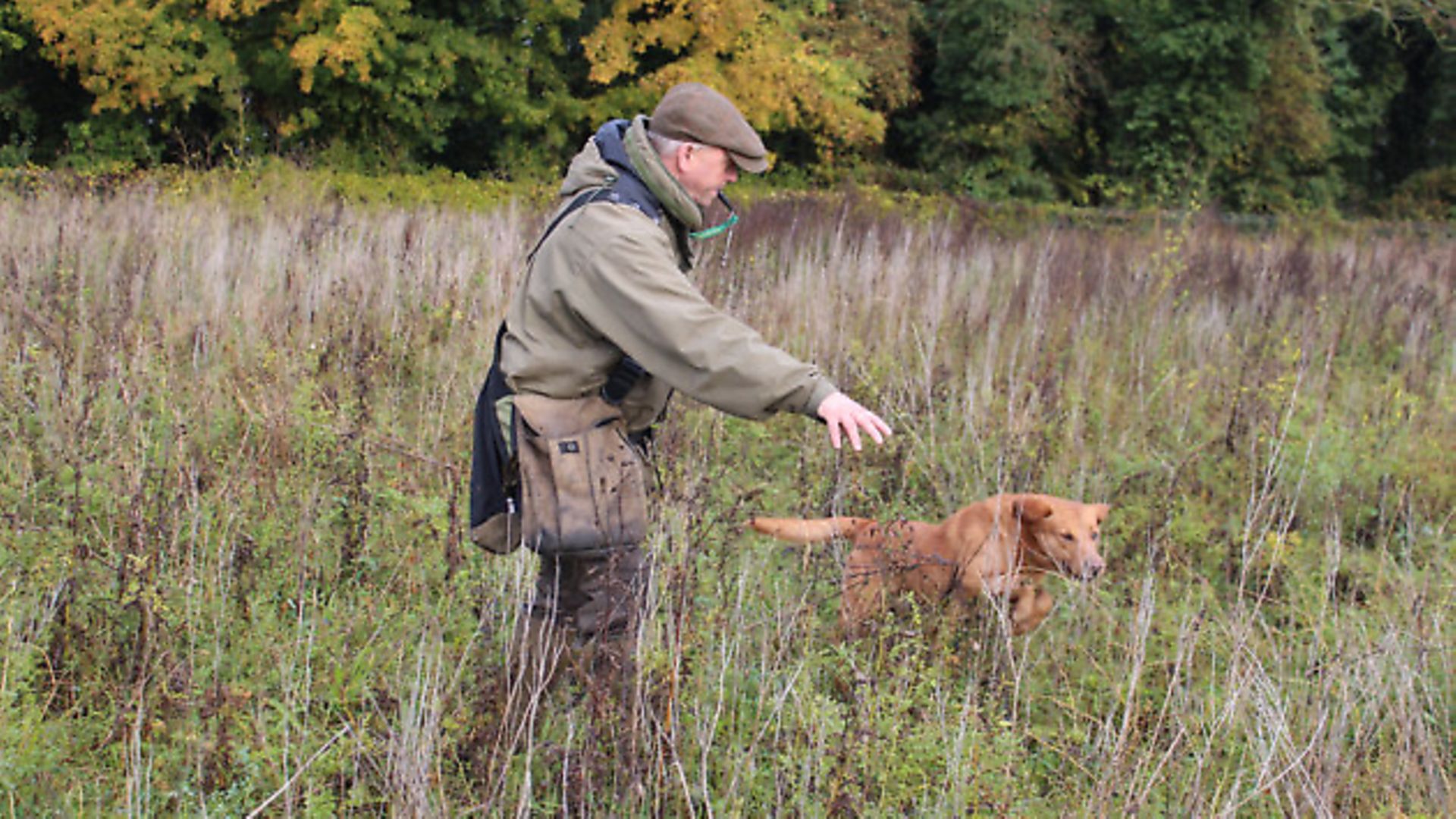 credit: Archant
credit: Archant
Do’s and Don’ts
* DO make sure you have thoroughly schooled the dog in all of the basics. If your dog won’t come away from birds in a training pen then he definitely won’t in the field. Let’s be honest, you really should sort this out in training. Along with steadiness, stopping on the whistle, sitting to the flush when hunting or on a retrieve, ignoring loose game, not swapping when on a retrieve and of course all of these things will be indirectly related to whether or not he will be responsive to the recall.
* DO NOT allow the dog to get too far away from you. Keep him close. In your enthusiasm to work at distance you risk surrendering control.
* DO assess every situation. If you are to send him for a retrieve you need to be sure the dog is going to find the bird quite easily. Know his limitations and remember to factor in how little or just how much experience he has.
If retrieving DO think about how much healthy game he is going to encounter on the way to and from the retrieve. Loose birds can easily distract the dog and if you’re not careful the dog will get distracted and might start chasing, putting down, pegging or just drop into a hunting frenzy. This can also happen if you’re hunting or driving birds.
* DO NOT over-face him with too much game. If in doubt either don’t cast him or take him up closer - by being up nice and close you can take a situation that might have started bad habits and instead use it as a positive training scenario.
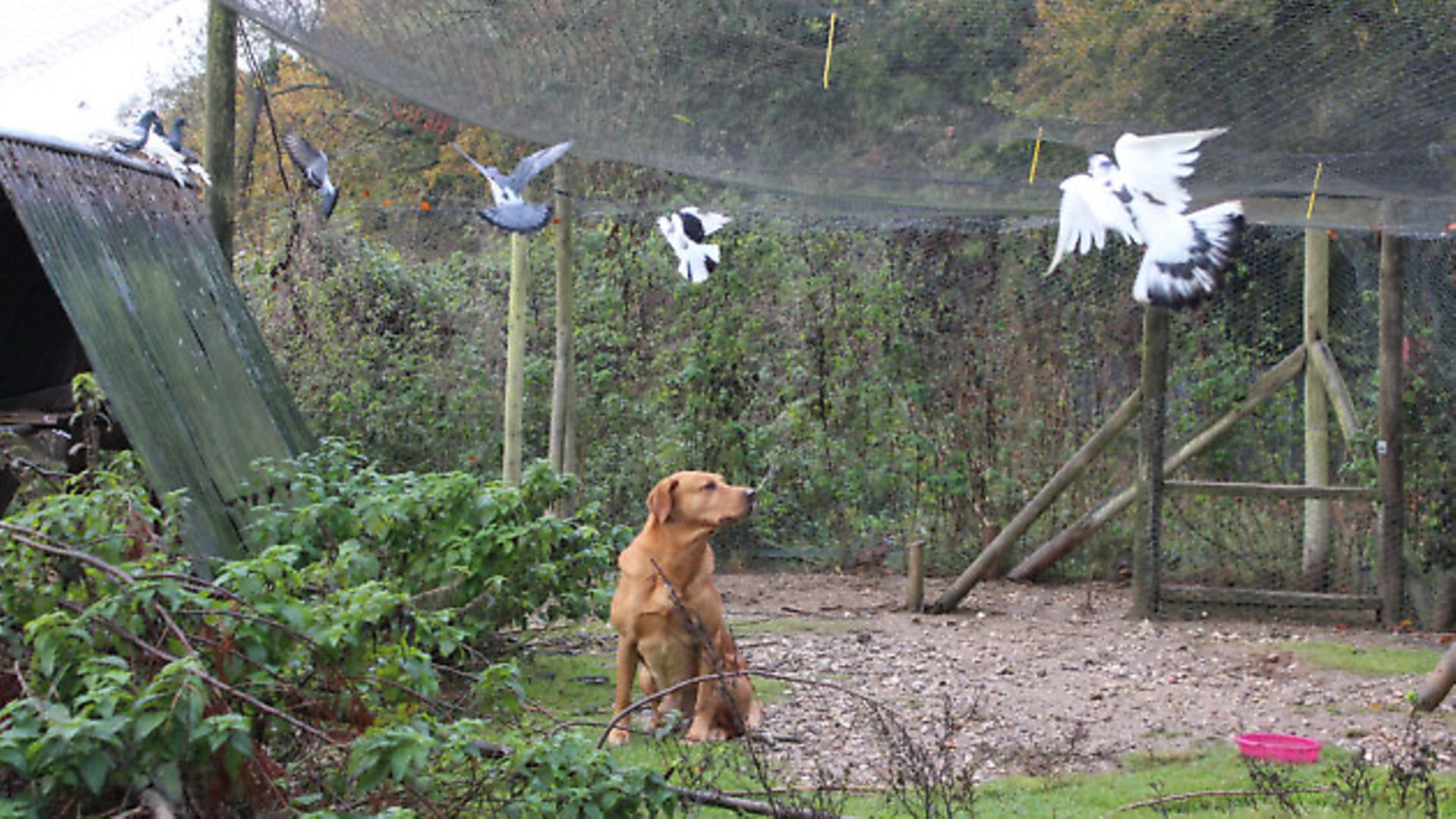 credit: Archant
credit: Archant